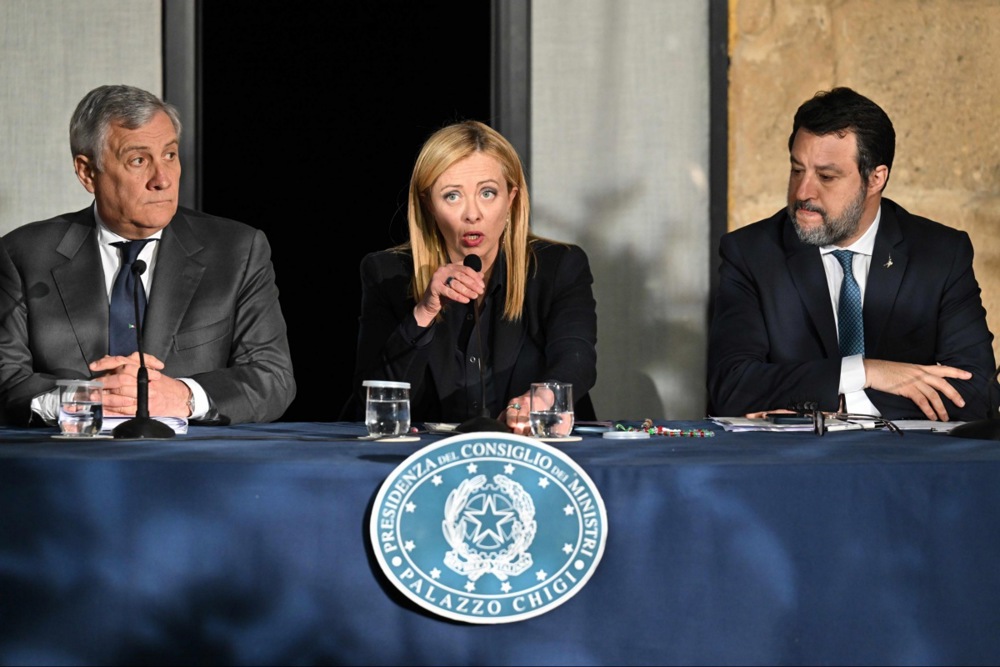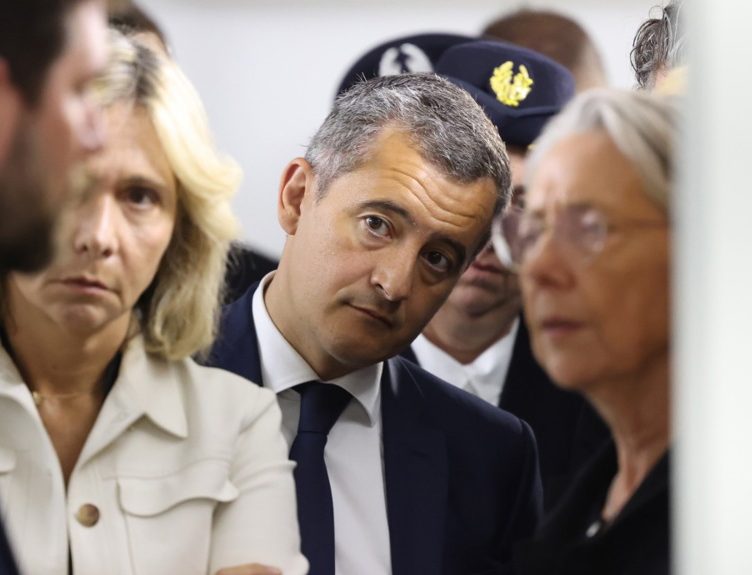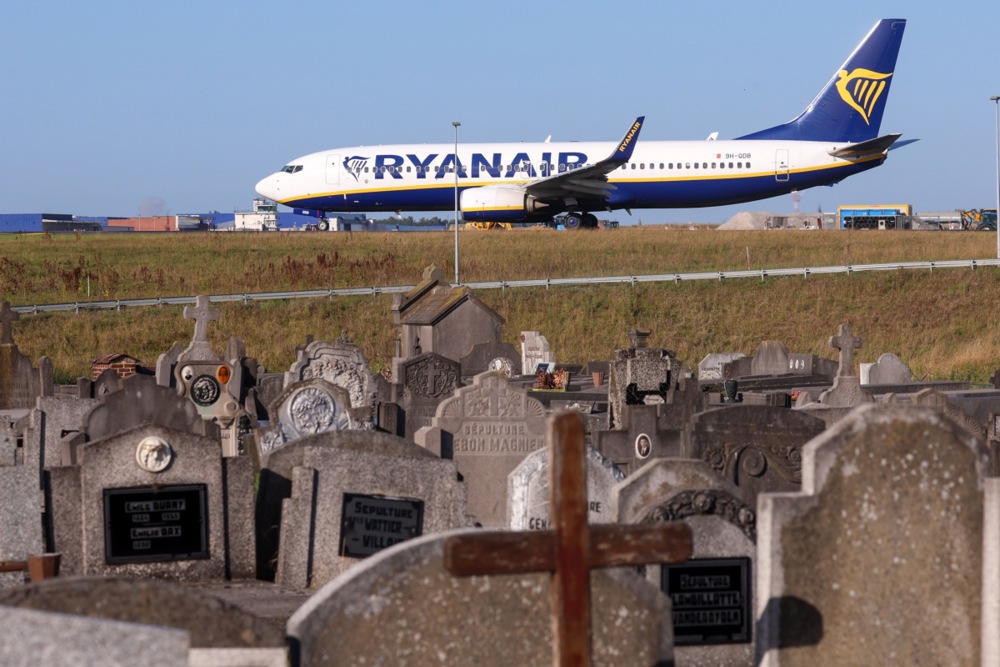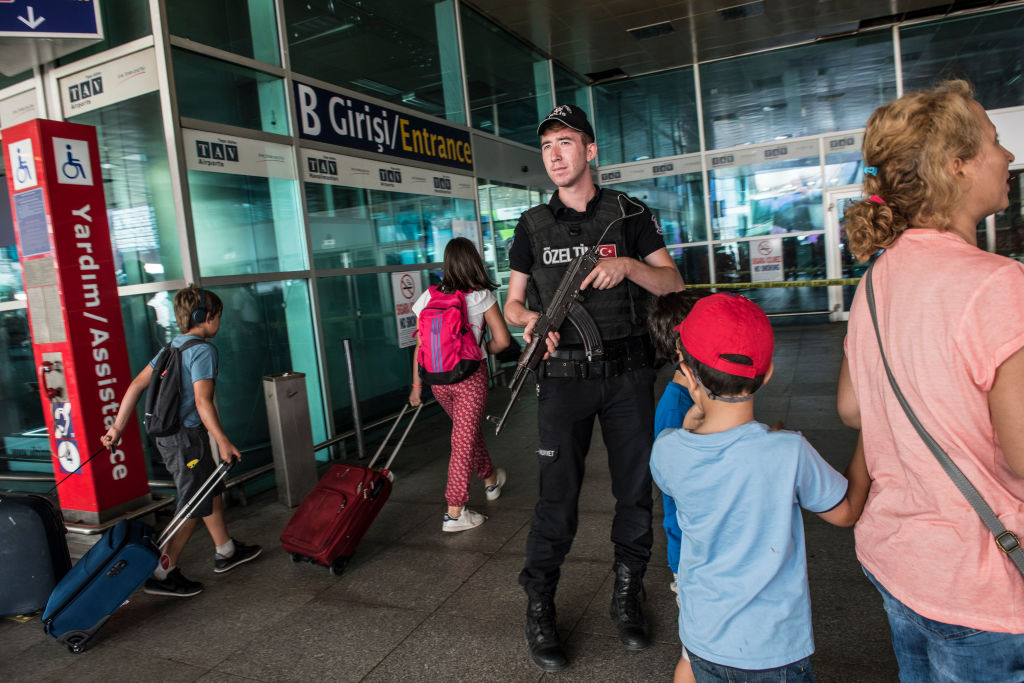Gunfire rang out through the Libyan capital Tripoli as leading militias in the city clashed once again.
As of writing it is reported that 27 people have been left dead and more than a 100 have been wounded.
Libya is now facing further instability and conflict, following the decade-long civil war that ended in a ceasefire 2020.
That spells bad news for Europe, as many migrants pass through the North African country to enter the bloc; while the European Union struggles to deal with illegal immigration, renewed conflict in Libya will only add to the growing wave of mass migration through the Mediterranean.
Libya is currently divided by two rival governments. One is based in the East, in the city of Tobruk, and led by military strongman General Khalifa Haftar. Based in the West, in Tripoli, is the UN-backed government.
Despite that, much of Tripoli is controlled by militias with their own agendas.
The latest violence in the capital erupted between the 444 Brigade and the Al-Radaa militias on the night of August 14, continuing the next day.
The apparent cause of the rioting was the arrest by the Al-Radaa Force of Colonel Mahmud Hamza, the head of the 444 Brigade.
Amid this chaos, 234 families living on Tripoli’s southern suburban frontlines were evacuated, along with numerous doctors and paramedics who got trapped while tending to the wounded. The violence resulted in three field hospitals being set up and about 60 ambulances rushing to the scene.
By late evening on August 15, an agreement was announced in the local social council of Soug el-Joumaa’s, a stronghold of Al-Radaa, indicating that Prime Minister Abdelhamid Dbeibah had brokered a deal for Hamza’s handover to a “neutral party”. That announcement was televised, followed by a ceasefire, effectively quelling the fighting.
Both factions, aligned with Dbeibah’s government, have been locked in fierce rivalry and power struggles.
August 15 saw Dbeibah and Interior Minister Imed Trabelsi touring the town of Ain Zara in the Tripoli region, where the most intense clashes occurred. Dbeibah bore witness to the destruction, instructing damage assessments to ensure suitable compensation for affected residents.
While a truce was implemented, Mitiga, the only civilian airport and located in Al-Radaa-controlled territory in the Libyan capital, remained closed to commercial flights, which were rerouted to Misrata, some 180 kilometres to the east.
The latest clashes sparked international pleas for calm. The United Nations Support Mission in Libya and the embassies of the UK, France, the European Union and the United States all called for a de-escalation of the violence.
While many hope for stability and fresh elections in Libya, such unrest is part of an ongoing pattern. In May, the same factions clashed for hours in Tripoli, echoing an earlier incident involving a 444 Brigade member’s arrest.
The power divide between Dbeibah’s UN-endorsed government and the military might of Gen Haftar continues to fuel the bitter struggle.
Although elections in Libya were slated for December 2021, disputes regarding candidates have indefinitely suspended them. The UN is working to mediate between the two sides and usher in a more stable chapter for the troubled country.





